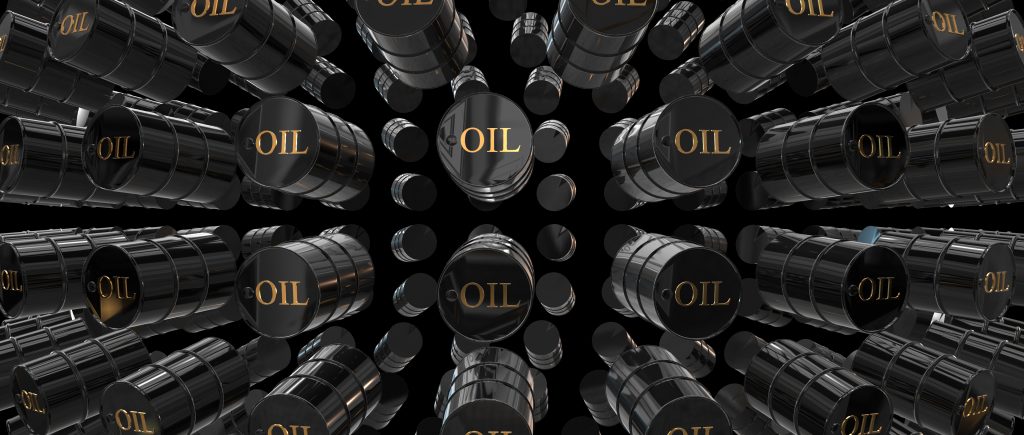Oil prices fell sharply on Thursday, giving back much of the previous session’s rebound, as fears of a prolonged U.S.-China trade war resurfaced and weak inflation data from China deepened concerns over global demand.
As of 07:55 ET (11:55 GMT):
- Brent crude futures (June delivery) dropped 2.8% to $63.62 per barrel
- West Texas Intermediate (WTI) crude futures declined 3% to $60.46 per barrel
Both contracts had surged over 4% on Wednesday following President Donald Trump’s 90-day pause on reciprocal tariffs for most trading partners. But markets turned cautious again as it became clear China was excluded from that reprieve.
China Left Out of Tariff Pause: Demand Uncertainty Rises
Trump’s latest move provided temporary relief for some U.S. allies, but his decision to increase tariffs on Chinese imports to 125% (from 104%) has deepened tensions with the world’s second-largest economy and top crude importer.
This exclusion casts a long shadow over global oil demand, with analysts warning that growth risks remain firmly tilted to the downside.
“This leaves significant uncertainty over oil demand growth, with more risk to downside for prices,” analysts noted.
UBS Cuts Oil Price Forecasts on Weaker Demand, Rising Supply
UBS downgraded its oil price outlook, stating that two major downside risks it previously warned of have now materialized:
- OPEC+ is increasing output more rapidly
- U.S. tariffs and slower global GDP growth are weakening demand
Revised UBS forecasts:
- Brent 2025: Cut by $6 to $66/barrel
- Brent 2026: Cut by $7 to $65/barrel
- Brent 2027: Cut by $3 to $70/barrel
China Inflation Misses Forecasts, Signaling Economic Weakness
Fresh data out of Beijing on Thursday added to bearish sentiment:
- CPI inflation contracted more than expected in March
- PPI inflation declined for the 30th consecutive month
The figures suggest weak domestic demand, likely exacerbated by ongoing trade tensions with the U.S. Economists pointed to early signs that consumer activity is slowing, particularly after Beijing’s retaliatory tariffs against the U.S.
Chinese oil imports have already been trending lower over the past year due to the country’s sluggish economic recovery.
U.S. Crude Inventories Rise, Though Distillate Demand Offers Some Hope
Adding to the bearish tone, U.S. Energy Department data showed a larger-than-expected build in crude inventories, reinforcing the view of ample supply in the market.
However, analysts noted that a sharp drawdown in distillate inventories (such as diesel and heating oil) suggested that some sectors of energy demand remain resilient, possibly supported by transport and industrial usage.
Outlook: Volatile Path Ahead
With Trump’s tariff strategy still evolving and China showing no signs of backing down, oil markets are likely to remain volatile. Meanwhile, weakening macro data and rising OPEC+ production are adding further layers of uncertainty.
Unless a diplomatic breakthrough emerges or demand-side indicators in China and the U.S. improve, analysts caution that crude prices could face continued pressure in the short term.
 Noor Trends News, Technical Analysis, Educational Tools and Recommendations
Noor Trends News, Technical Analysis, Educational Tools and Recommendations





